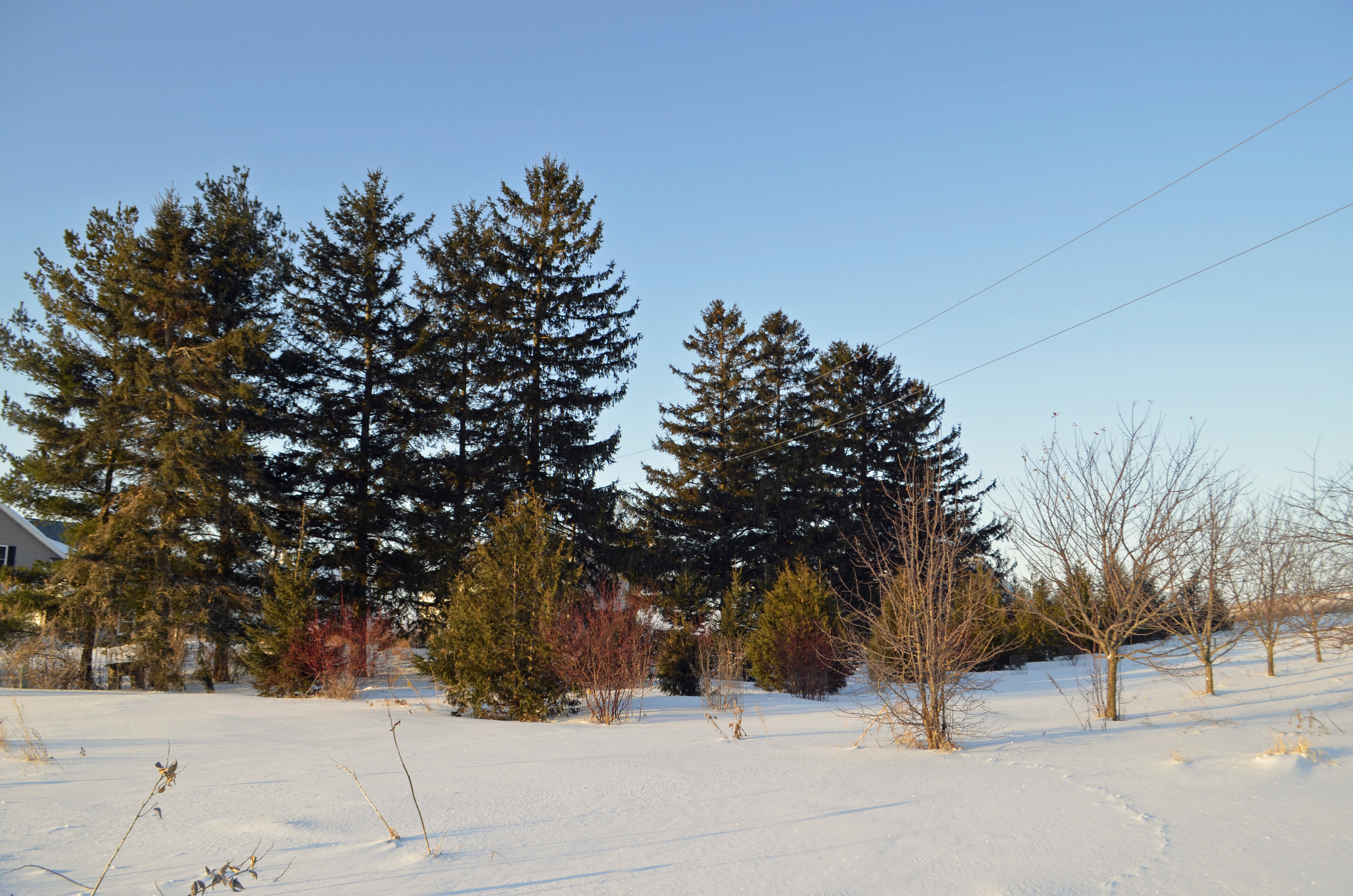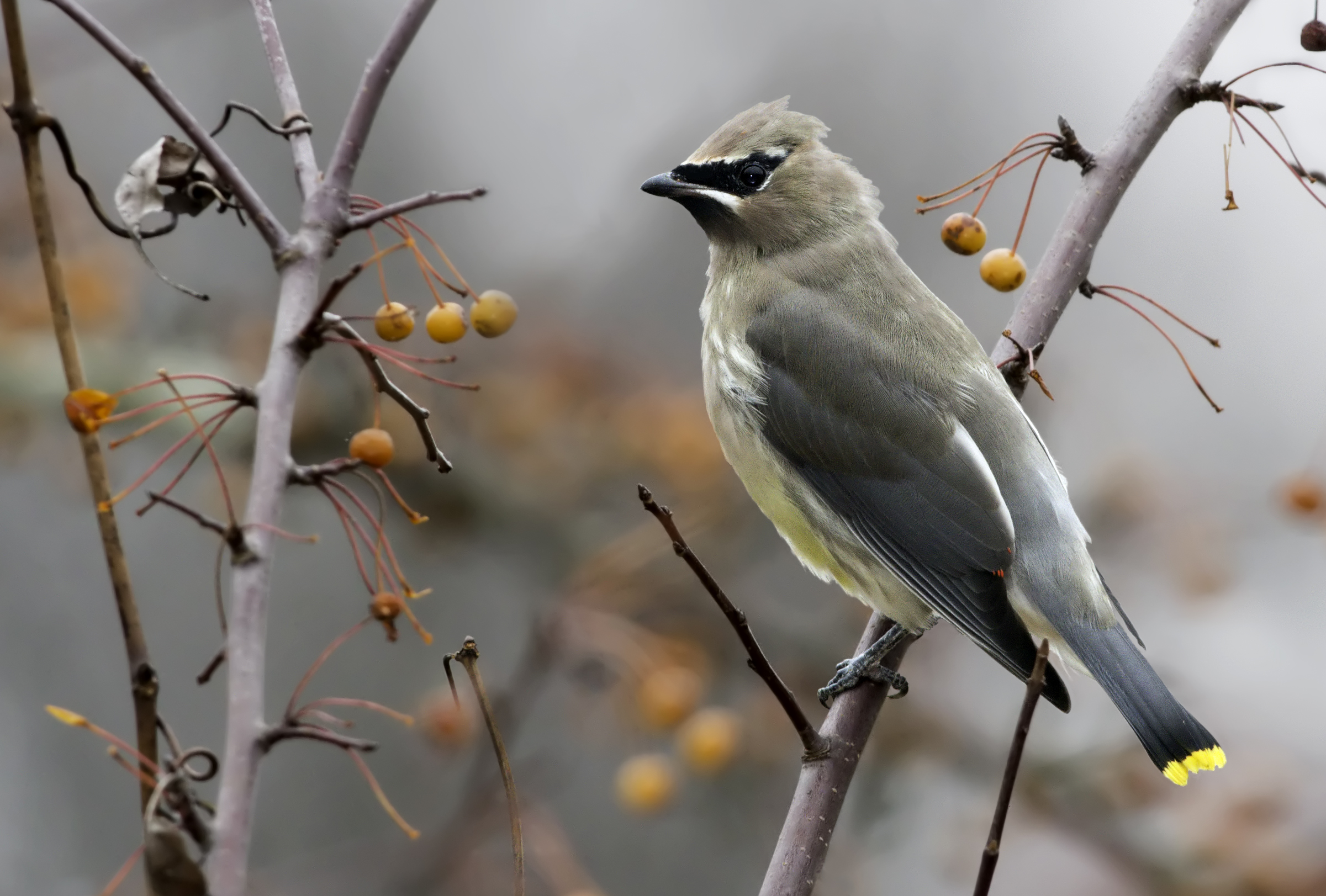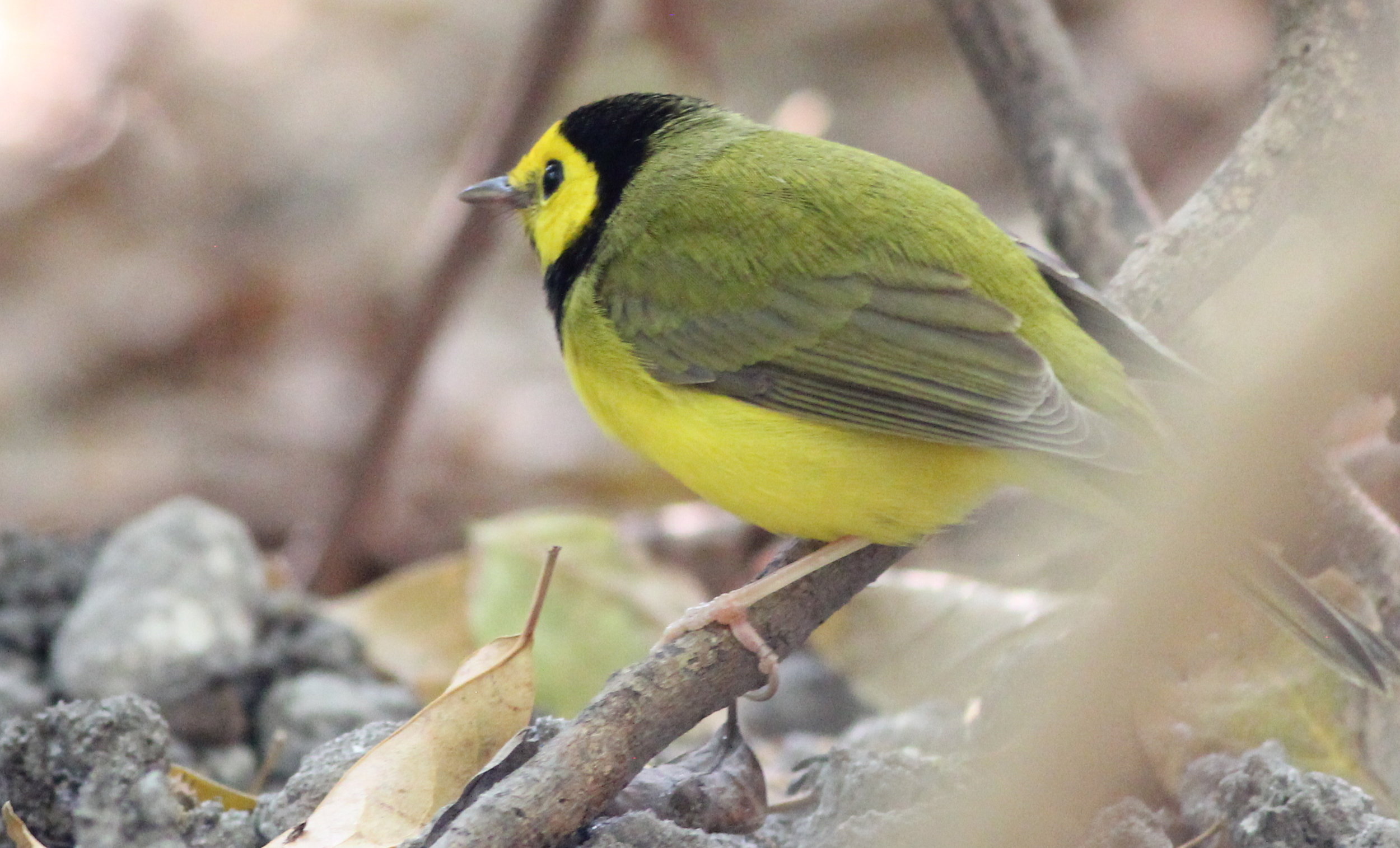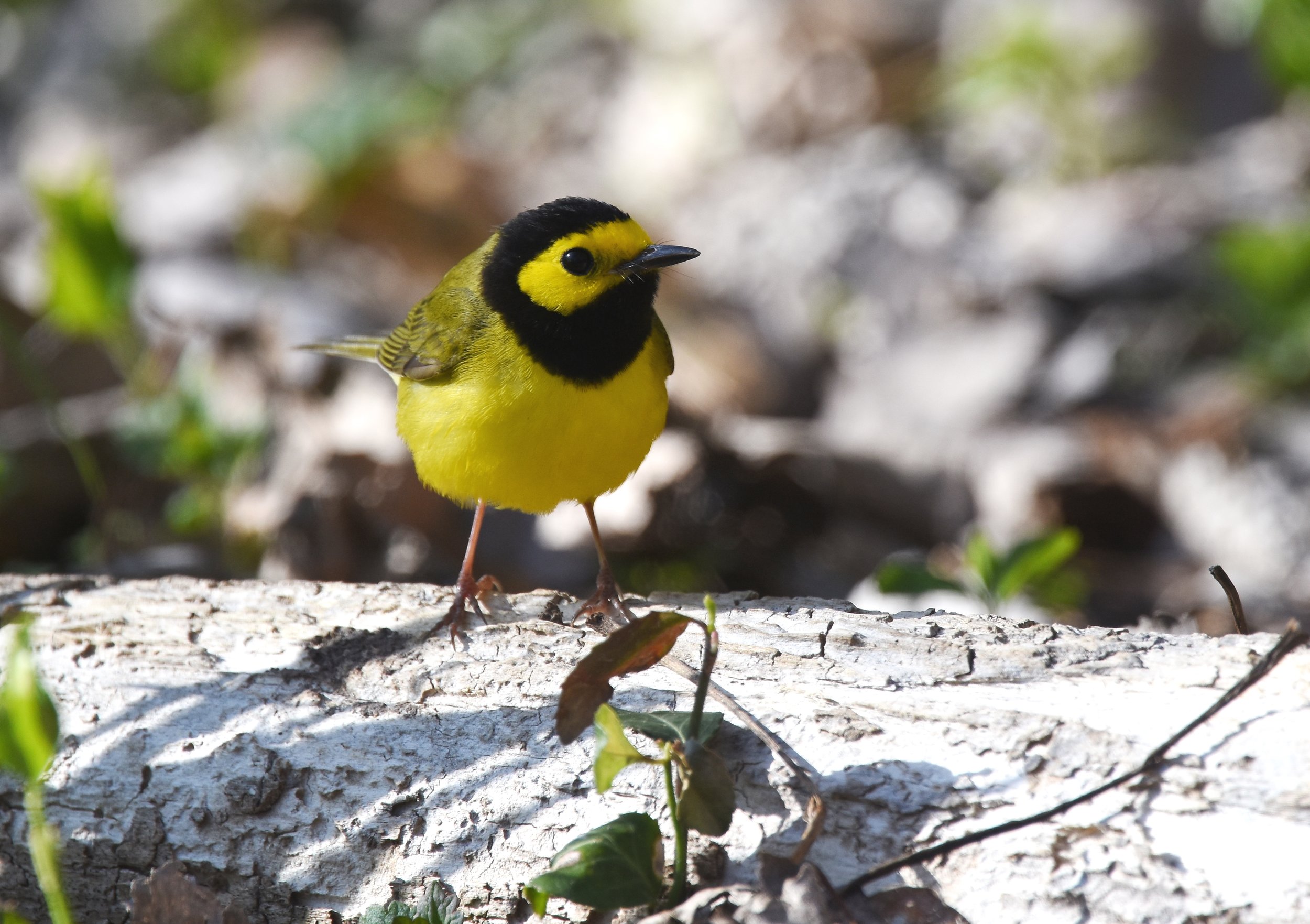Photo by Jeff Bryant
The chestnut-sided warbler, decorated as it is with chestnut-streaked flanks, almost resembles an oak leaf. Indeed, in southern Wisconsin the breast of a chestnut-sided warbler could very well extend from a cured black oak leaf—a potential spot for finding this warbler during the breeding season.
I love the appearance of a chestnut-sided warbler: with its yellow cap it declares its warbler-ness while its messy chestnut streak resembles spilled coffee down its side. Likewise endearing is its call—the mnemonic I've come up with is “choo choo choo god-bless-you!” Unlike the eastern towhee which admonishes you to “drink your tea,” or the yellow warbler (which can have a confusingly similar song) in its braggadocios endowment of itself as “sweet, sweet, sweeter than sweet,” the chestnut-sided warbler sneezes and humbly excuses itself.
There's more to that song than the trivial way a human remembers it, however. Ending the chestnut-sided's song is either an accented or unaccented syllable. When the accent is used, the male is attempting to attract a mate, while the unaccented song is employed for territory defense when other males are around. So, we have some idea of the language of the chestnut-sided warbler: if he's on a nest, you might expect to hear the territorial song (unaccented) while his accented ending may mean he's still looking for a mate.
Photo by Arlene Koziol
Further research into chestnut-sided warbler song has revealed that certain songs are associated with greater reproductive success. It turns out, in chestnut-sided warblers, high-pitched and steady wins the race. Males who sing with a high and steady pitch and consistent timing are more likely to have a successful breeding season. If you hear a chestnut-sided warbler in the woods that's mapping new vocal territory with each song, it's not as likely that a female will choose this variable warbler.
When I've encountered chestnut-sided warblers it's been in oak barrens areas in northeastern Wisconsin, where the bird is common north of Marathon County. It's uncommon in central Wisconsin, and a rare breeder in southern Wisconsin where I've seen it in regenerating oak scrub in the southern Kettle Moraine. While this bird's preferred habitat is rather rare in Wisconsin (oak savanna and barrens), the advent of large-scale logging operations proved a great benefit to chestnut-sided warbler populations. These birds will readily occupy cut-over land, and as such they have a secure population in northern Wisconsin.
Written by Drew Harry, Faville Grove Sanctuary land steward
Banner photo by Arlene Koziol


















